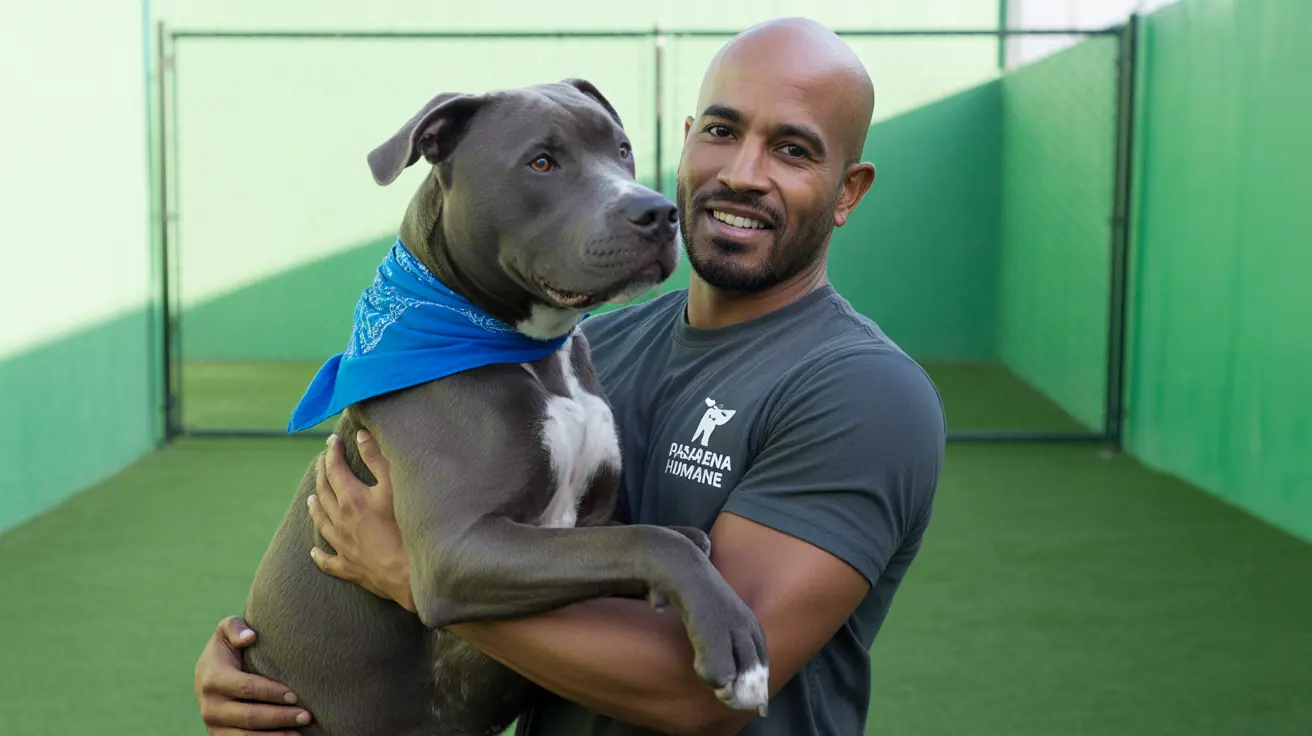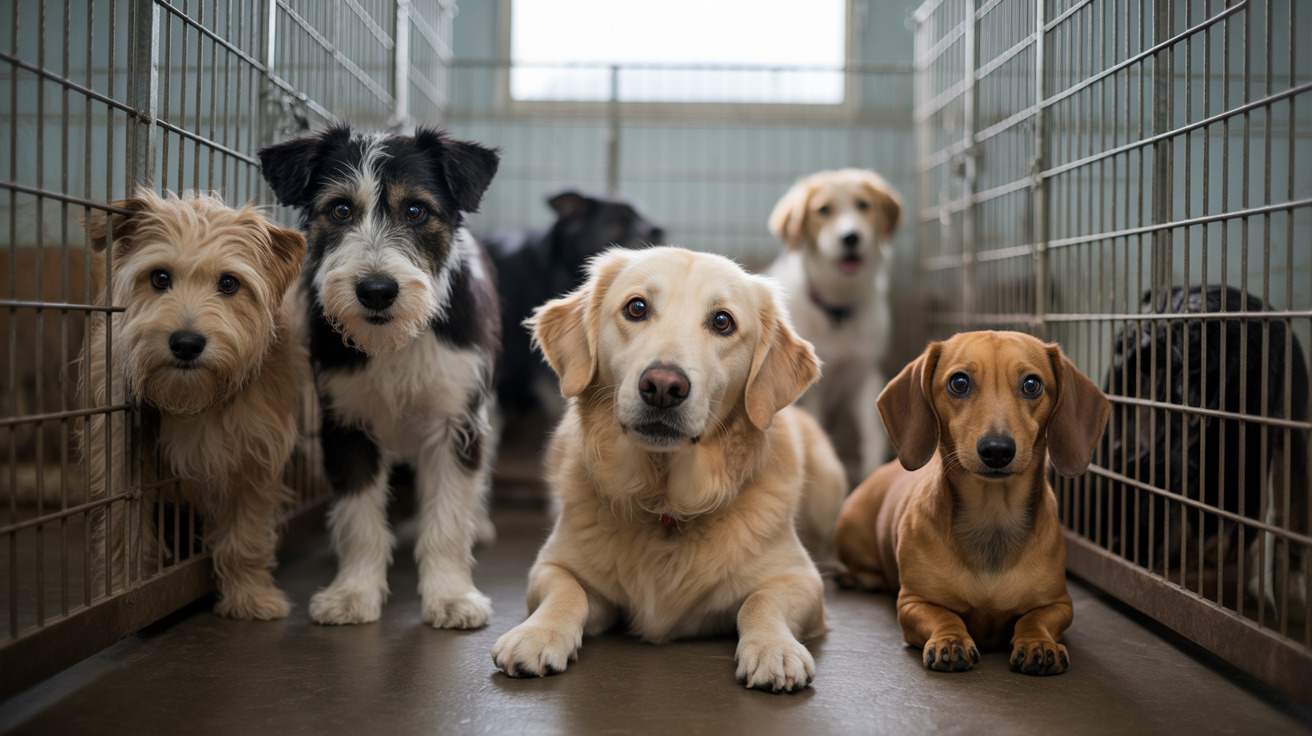What is Iris Bombe?
Iris bombe occurs when the iris becomes completely stuck to the lens capsule in a 360-degree attachment. This adhesion, known medically as complete posterior synechiae, creates a characteristic dome-shaped bulging of the iris toward the front of the eye. The condition disrupts the normal flow of fluid (aqueous humor) within the eye, potentially leading to dangerous pressure buildup.
Recognizing the Warning Signs
Early detection of iris bombe is crucial for preventing vision loss. Common symptoms include:
- Excessive blinking and squinting
- Increased tearing
- Visible bulging of the iris
- Changes in iris color
- Reduced pupil response to light
- Signs of eye pain or discomfort
Common Causes and Risk Factors
Several factors can contribute to the development of iris bombe in dogs:
- Chronic eye inflammation (uveitis)
- Physical trauma to the eye
- Bacterial or viral infections
- Complications from eye surgery
- Bleeding within the eye (hyphema)
Diagnostic Process
Veterinary ophthalmologists use several methods to diagnose iris bombe:
- Comprehensive eye examination
- Slit-lamp biomicroscopy
- Tonometry for pressure measurement
- Additional testing for underlying conditions
Treatment Approaches
Treatment for iris bombe focuses on addressing both the immediate condition and its underlying causes. Options may include:
- Anti-glaucoma medications
- Anti-inflammatory drugs
- Laser surgery (iridotomy)
- Antibiotics for underlying infections
- In severe cases, surgical intervention
Long-term Management and Prevention
Managing iris bombe requires ongoing attention to eye health:
- Regular veterinary check-ups
- Prompt treatment of eye infections
- Protection against eye trauma
- Monitoring for recurring symptoms
- Following prescribed medication schedules
Frequently Asked Questions
What are the most common signs and symptoms of iris bombe in dogs?
The most common signs include excessive blinking, squinting, increased tearing, visible bulging of the iris, changes in iris color, and signs of eye discomfort. Dogs may also show reduced pupillary response to light and varying degrees of vision impairment.
How is iris bombe diagnosed in dogs, and what tests do veterinarians use?
Veterinarians diagnose iris bombe through comprehensive ophthalmic examinations, including slit-lamp biomicroscopy, tonometry for measuring eye pressure, and potentially additional diagnostic tests to identify underlying causes.
What causes iris bombe in dogs, and which dogs are most at risk?
Iris bombe typically develops due to chronic eye inflammation (uveitis), trauma, infections, or surgical complications. Dogs with a history of eye problems or certain breeds predisposed to eye conditions may be at higher risk.
What treatment options are available for dogs with iris bombe, and can it be cured?
Treatment options include medications to reduce eye pressure and inflammation, laser surgery to break adhesions, and antibiotics if infection is present. The condition can be managed effectively with early intervention, though complete cure depends on the underlying cause and severity.
How can I prevent iris bombe from developing in my dog's eyes?
Prevention involves regular eye examinations, prompt treatment of eye infections or inflammation, protecting eyes from trauma, and maintaining scheduled veterinary check-ups, especially for dogs with previous eye issues.
Conclusion
While iris bombe is a serious eye condition in dogs, understanding its signs and seeking prompt veterinary care can lead to successful management and prevention of vision loss. Regular monitoring and preventive care remain essential for maintaining your dog's eye health and overall quality of life.






